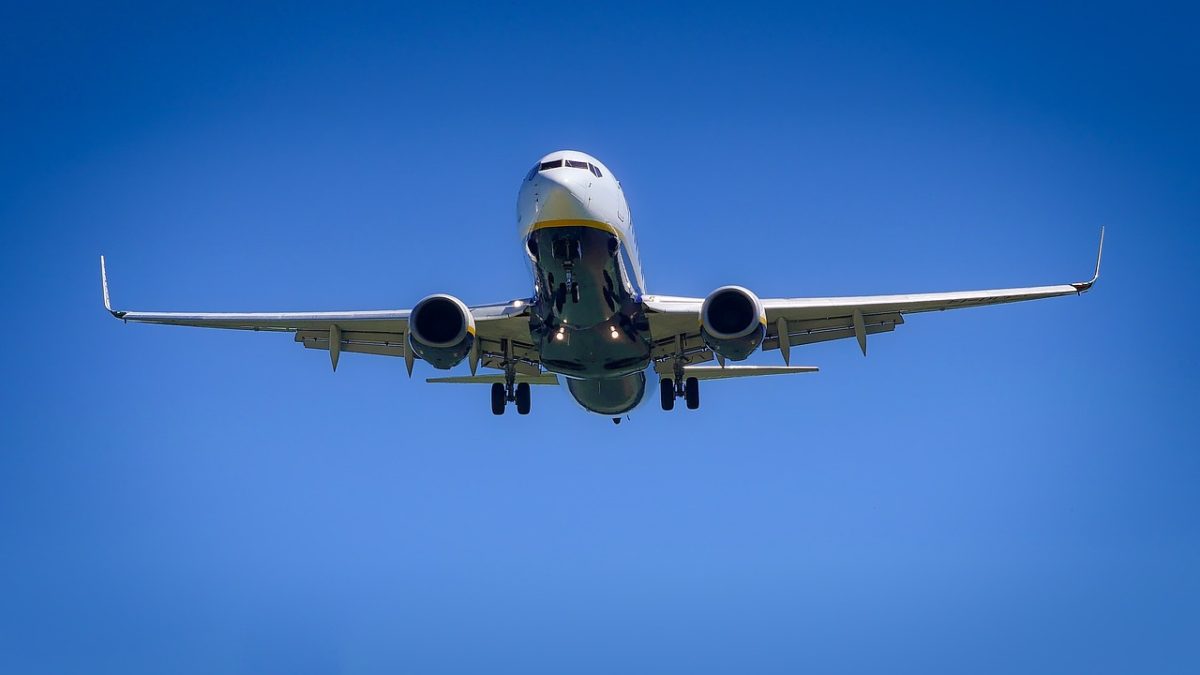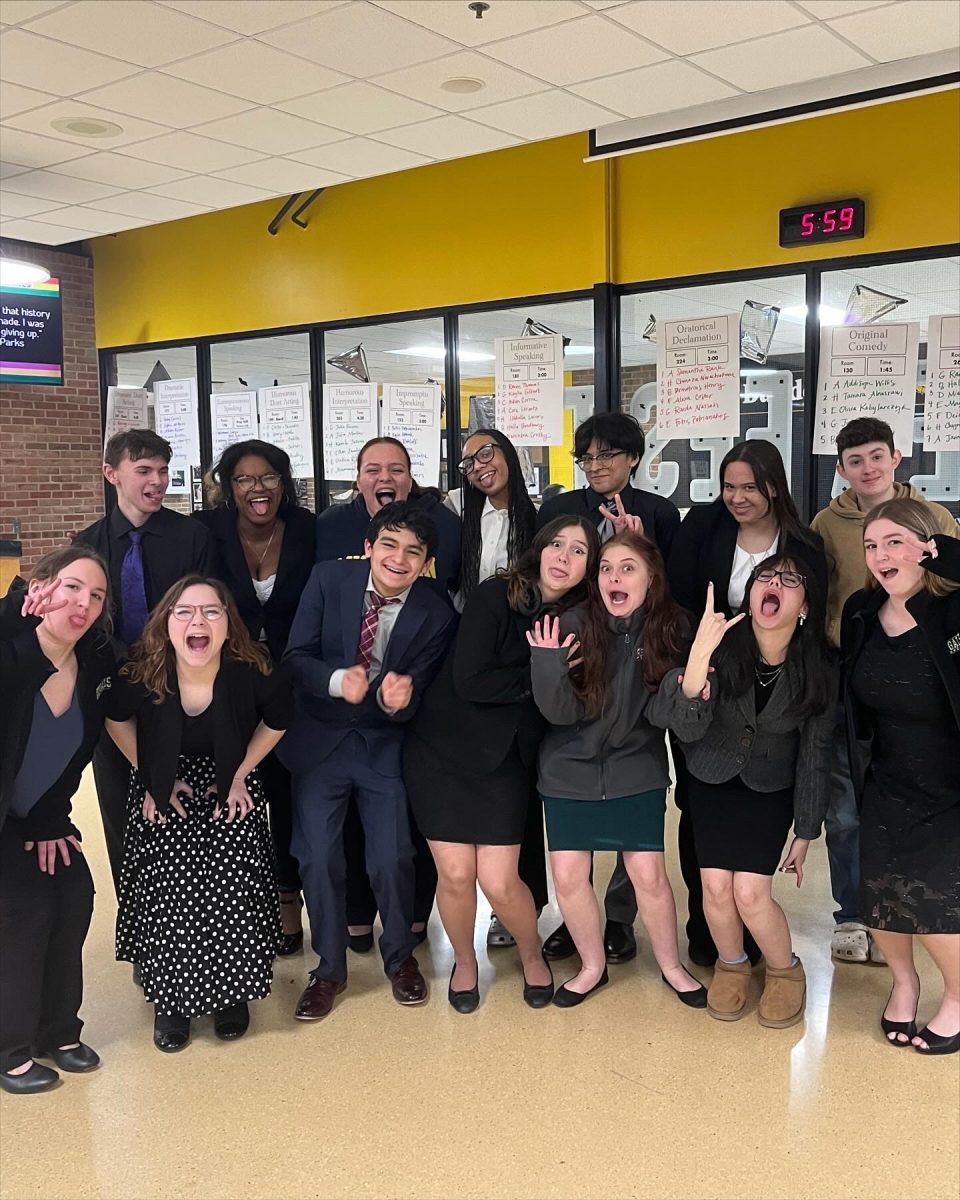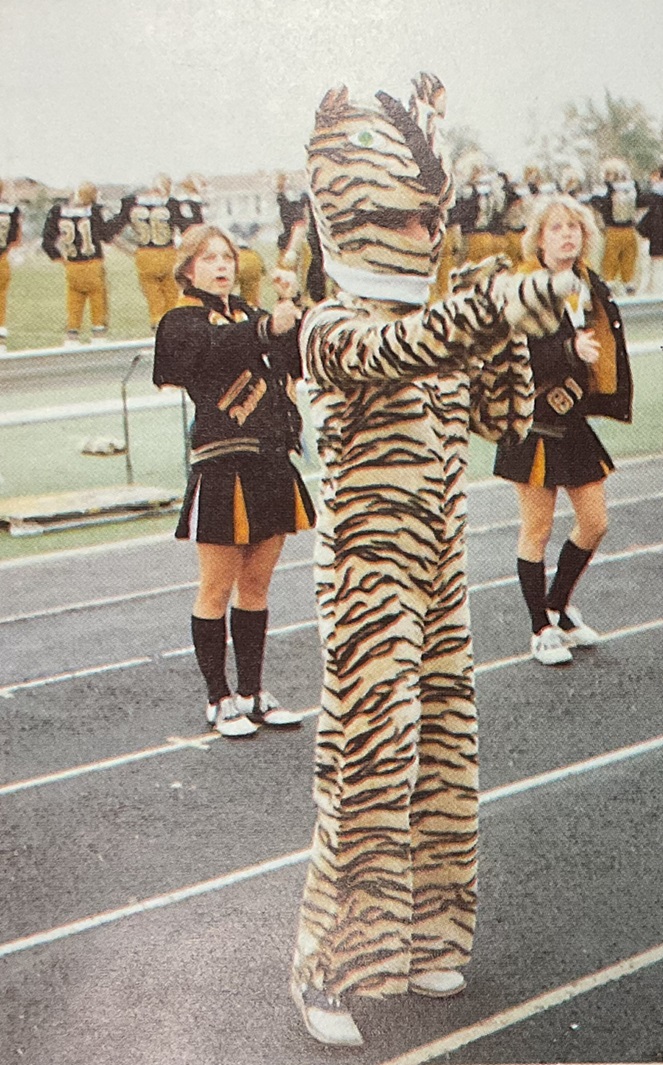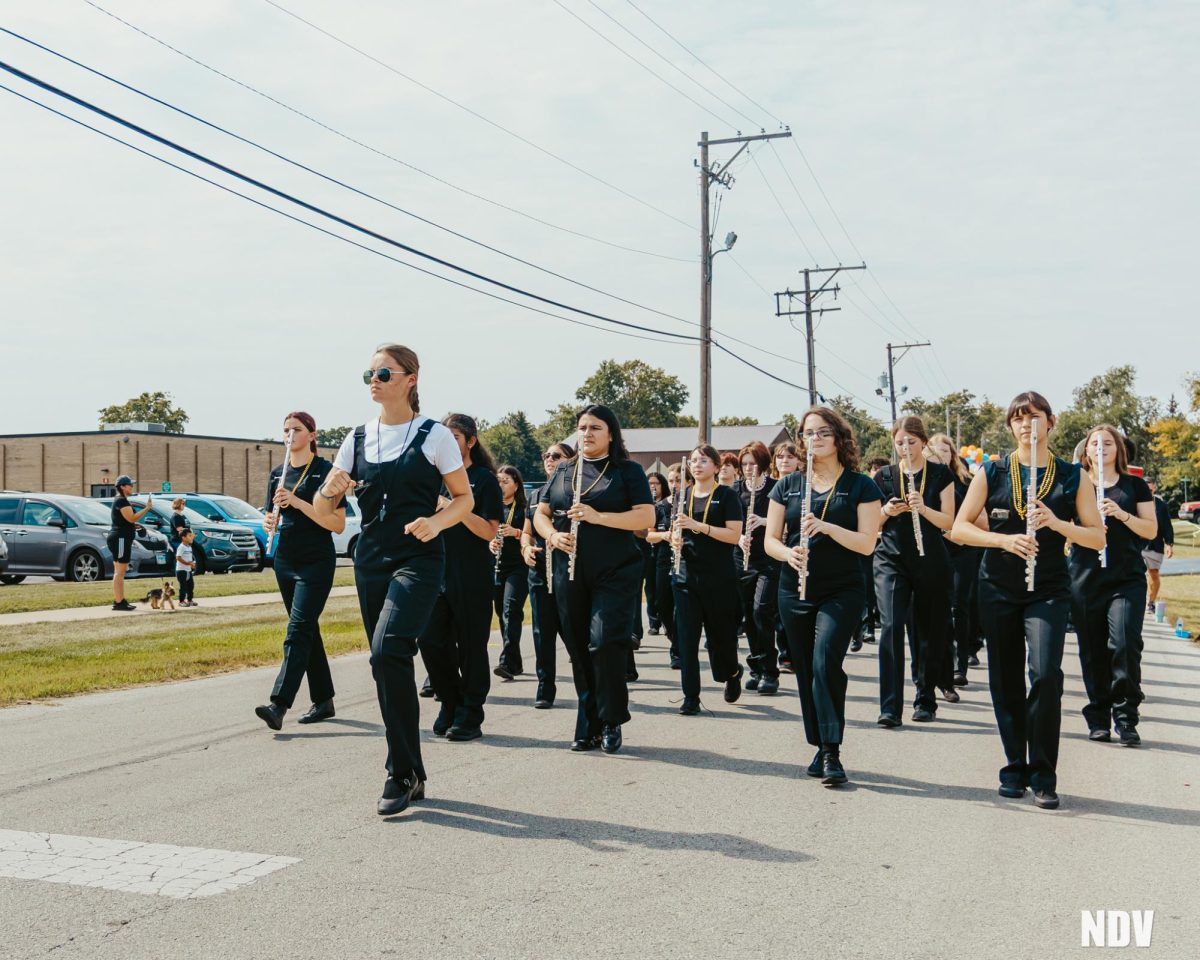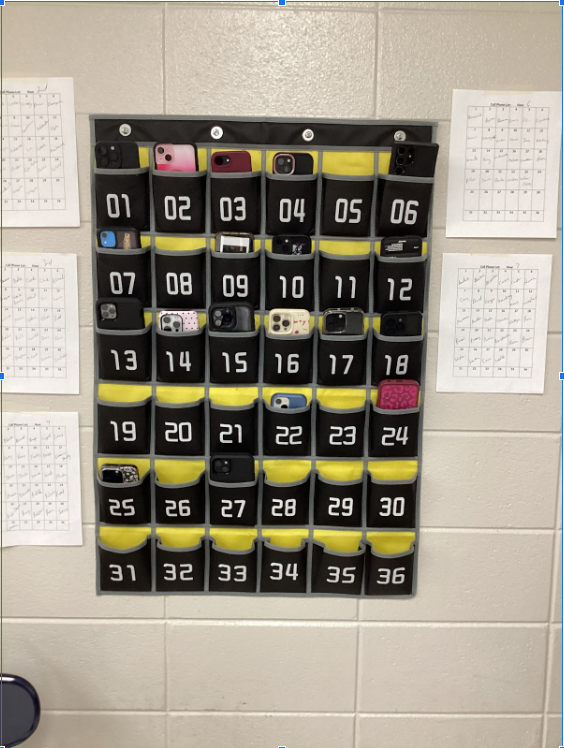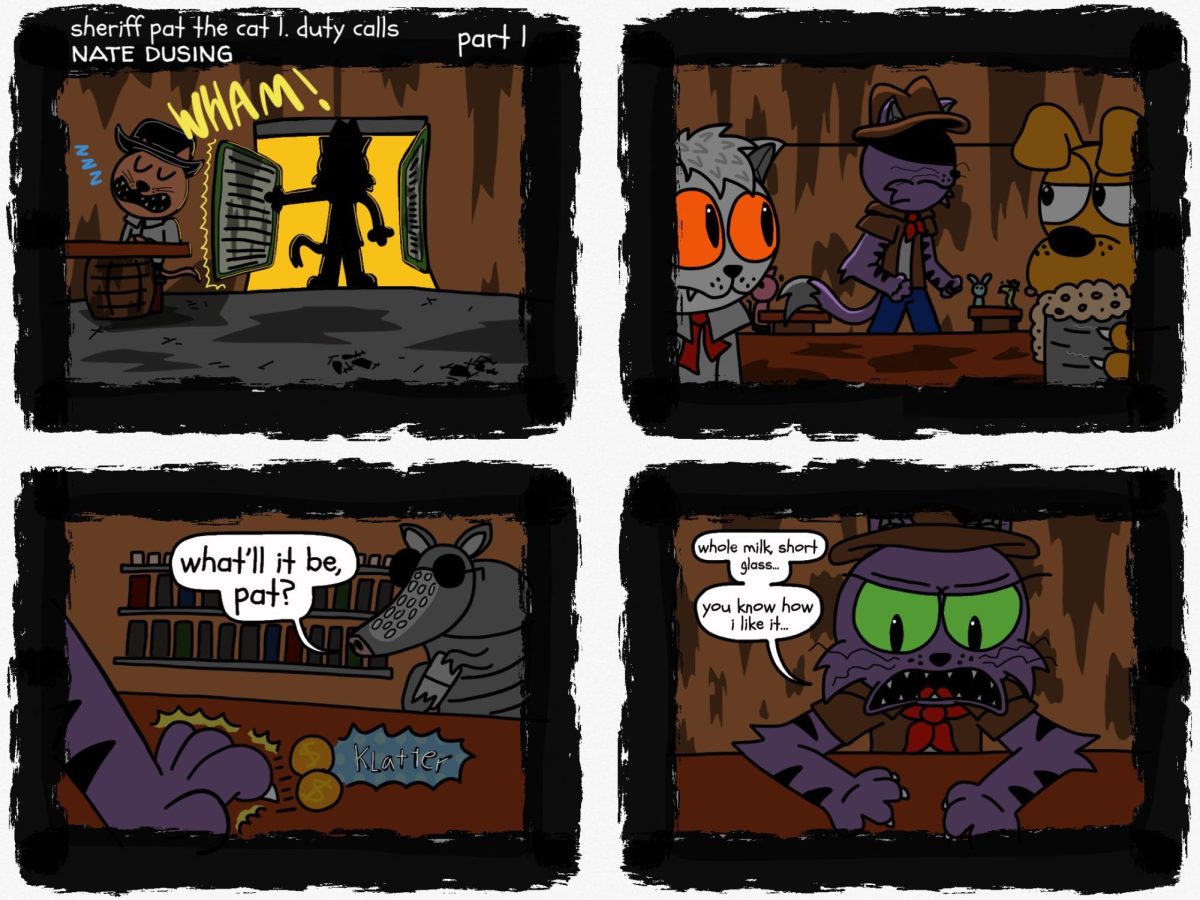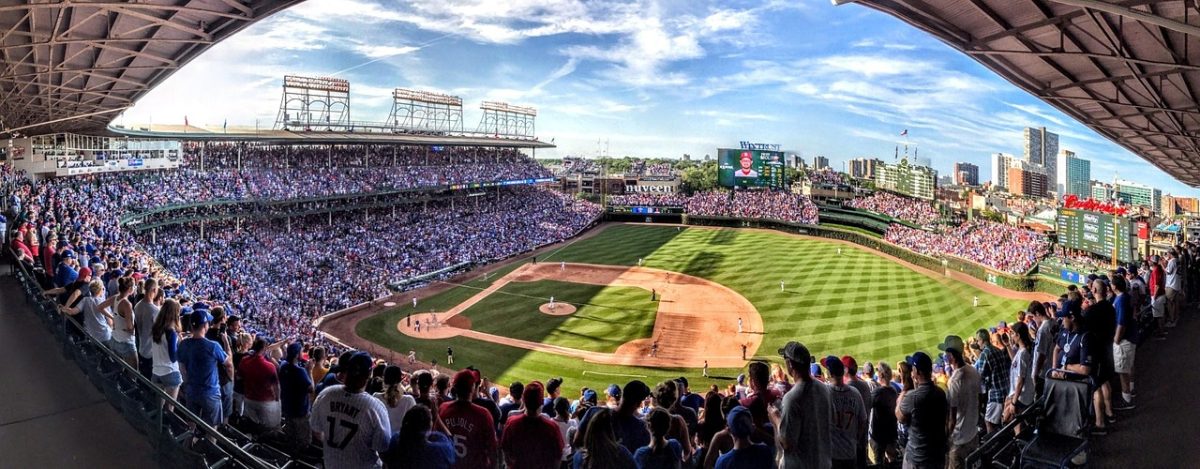Disclaimer: This article is purely speculative and does not contain any set facts from the incident.
On the night of January 30, 2025, an American Eagle CRJ-700, coming from Wichita, Kansas, and carrying 67 people, was on short final for Reagan Washington National Airport. With the aircraft in its full landing configuration, the traffic controller then cleared the aircraft to land at Runway 33. At the same time, a U.S Army-operated UH-60 Blackhawk under the callsign “PAT25” was flying in the designated helicopter airway for the D.C airspace, Route 4. The rotary-wing was conducting night vision for its three crew members, who were members of the 12th Aviation Battalion of the Army. As both aircraft started getting much closer to one other, the air traffic controller requested that the Blackhawk report the CRJ in sight, as both planes were now under two miles from each other. The Blackhawk reported that it had a visual of the civilian airliner and requested to initiate visual separation procedures to avoid an impact. Unfortunately, both aircraft were already too close for either of them to move out of the way. At 8:47 pm local time, both aircraft collided just short of Runway 33, right over the Potomac River.
As soon as both aircraft collided with each other, both the CRJ and the Blackhawk instantly burst into flames and fell into the freezing Potomac River. Emergency services immediately rushed to the crash site. The Potomac River was reported to be about 18 degrees (Fahrenheit) at the time of the crash with no hope for any survivors. The airport and the respective helicopter airway were immediately shut down to give way for authorities to investigate the cause of the accident. As of 2:50 am, authorities reported that no one on either flight had survived the collision. Rescue operations were called off in favor of instigating recovery operations.
During the investigation of the accident, the Blackhawk was shown to be about 250 feet higher than the helicopter route’s designated ceiling height of 200 feet. Further investigation has also proven that many of the helicopters that fly through D.C also violate the establish ceiling height, which proves to be a huge safety concern for approaching aircraft. Another safety concern is how understaffed the traffic controllers were in Reagan’s control tower. The ATC on duty was reportedly managing two positions simultaneously at the time of the accident, which again poses more concerns for safety.
The Blackhawk was also operating under VFR (Visual Flight Rules), which meant that the pilots had to rely on their vision and landmarks to fly the aircraft. This might be a contributing factor in the accident, as the Blackhawk may have misidentified another flight sequenced behind the aircraft that the traffic controller asked the Blackhawk to identify. However, the American Eagle flight was equipped with TCAS (Traffic Control Avoidance System), which is responsible for automatic callouts to avoid midair collusions. However, the system is not designed to work under 1,000 feet.
With the information determined so far, people are speculating that the cause may be attributed to pilot error or ATC error. However, it is important to avoid jumping to conclusions until the NTSB has finished its investigation. This accident marks the first major fatal accident in the United States in 16 years (at least since Colgan Airlines Flight 3407, the first midair collusion in the U.S since 1987, and the first accident for American Airlines since AA 587). Air accidents have deterred people from flying in the months that follow, affecting the airline industry and its revenue.
